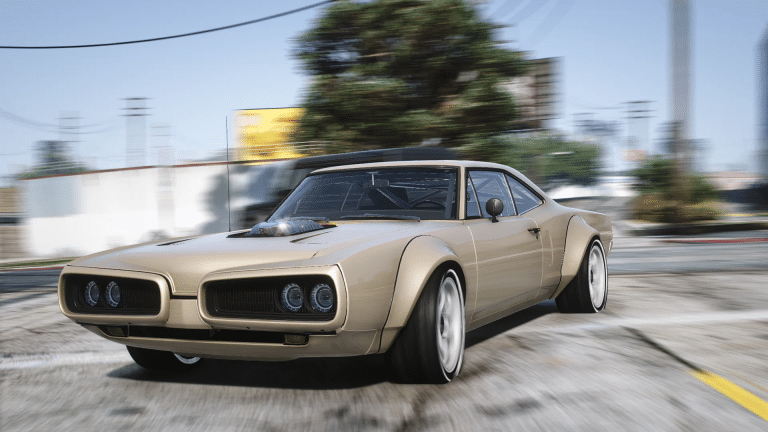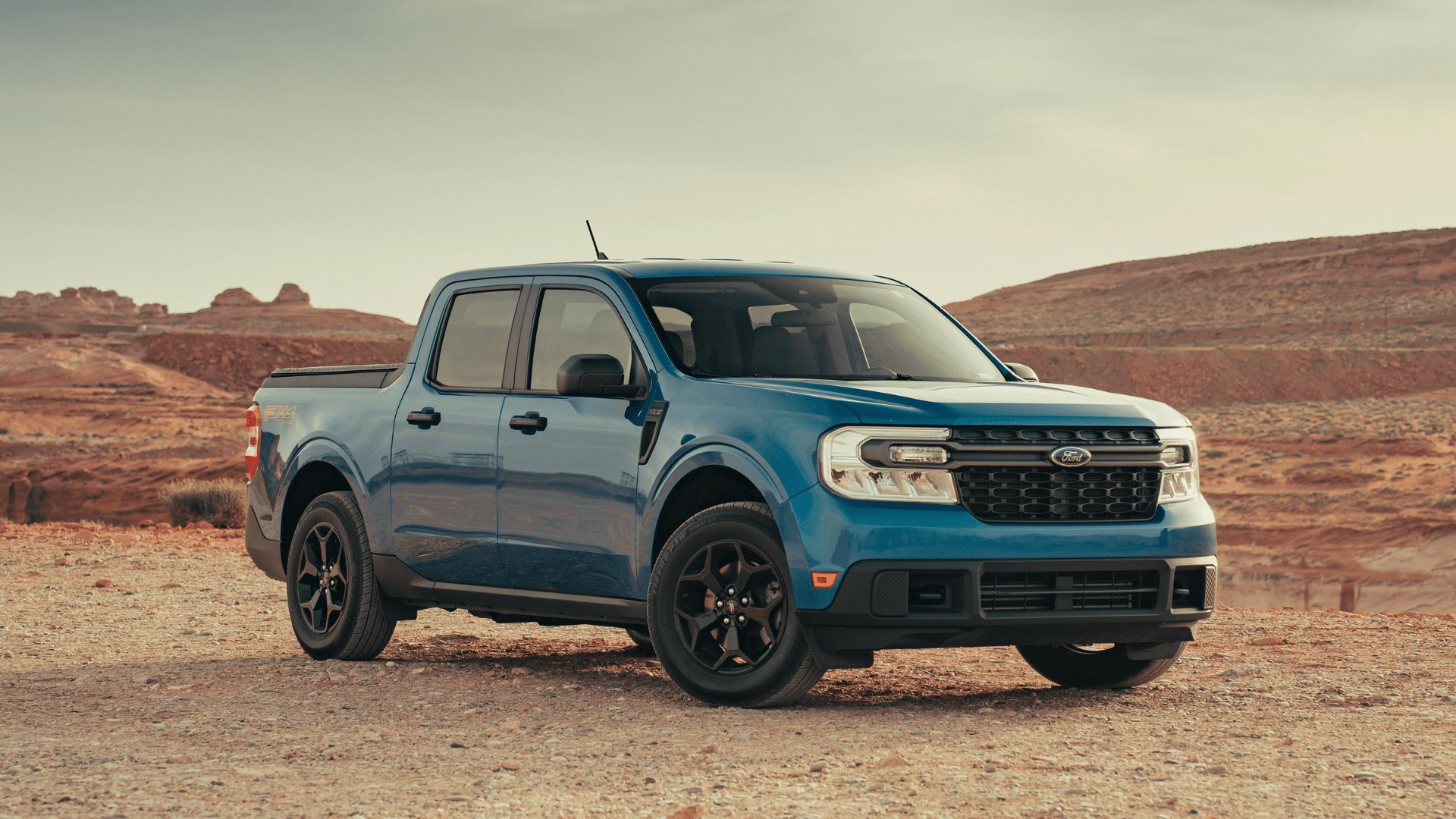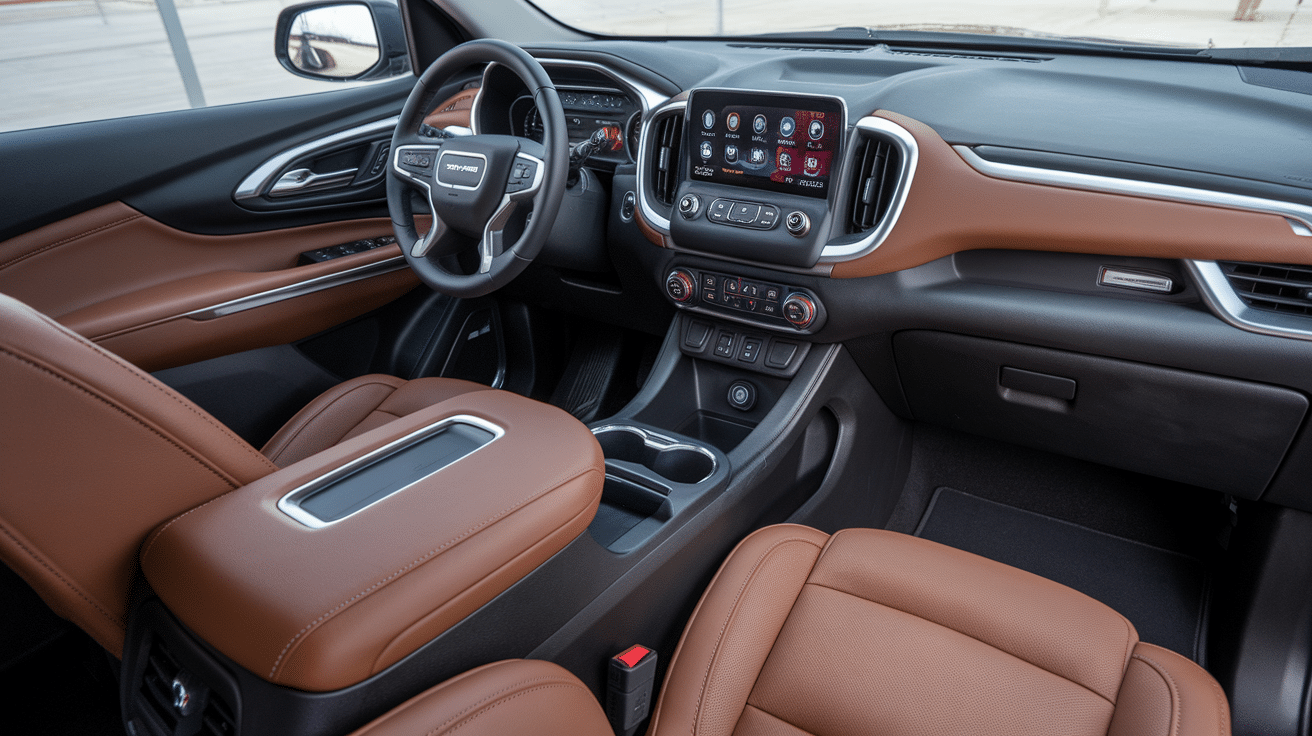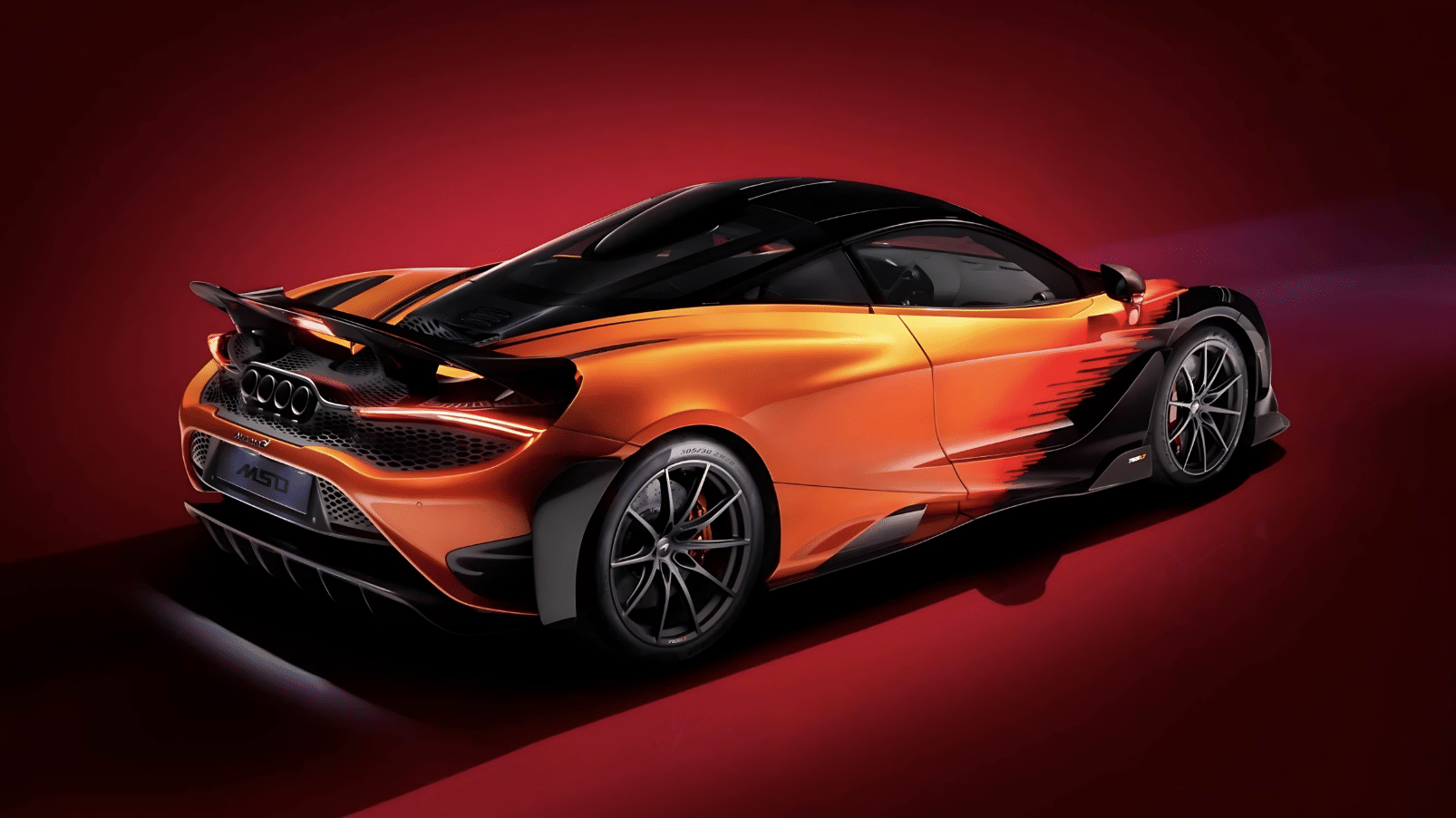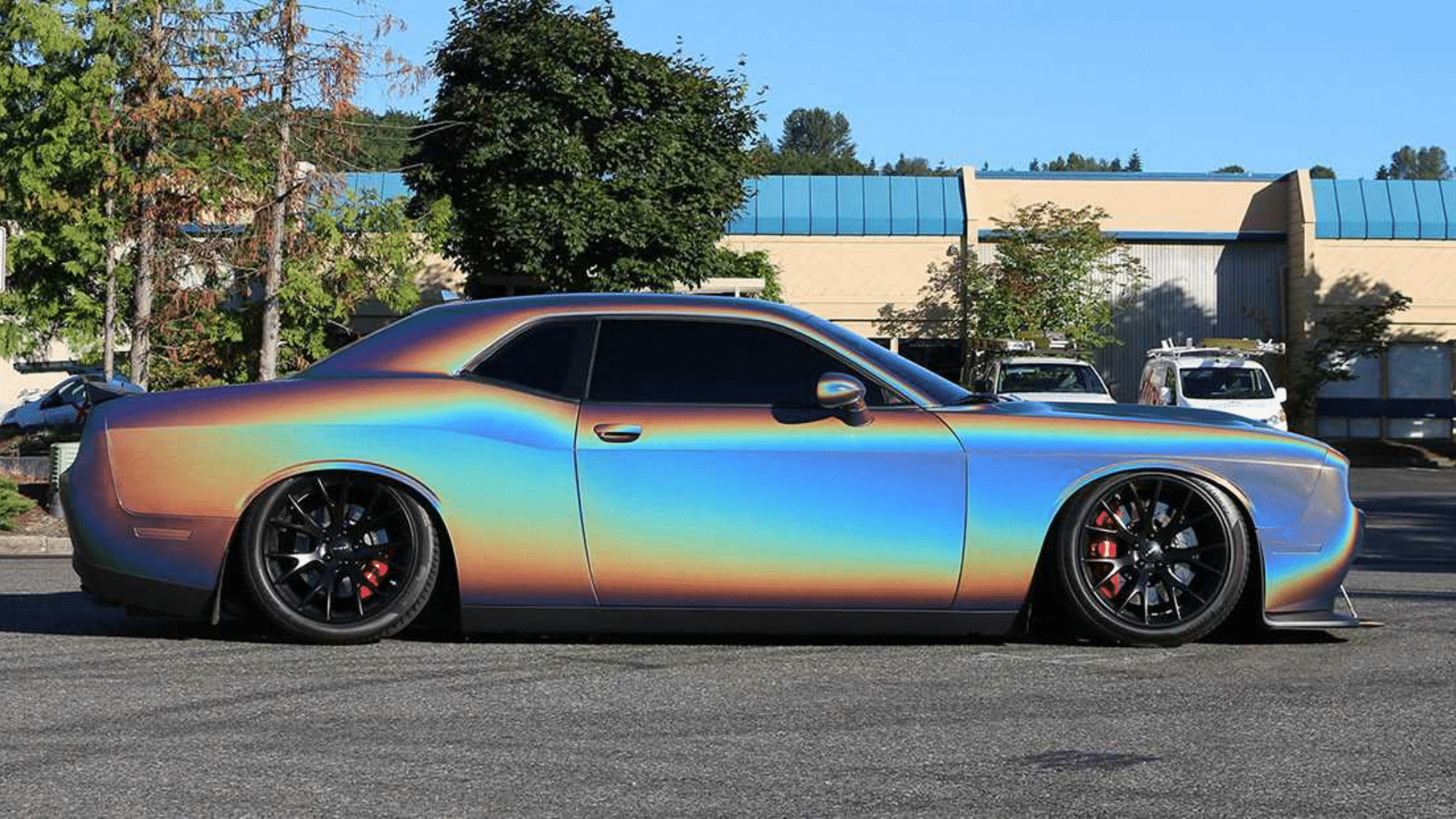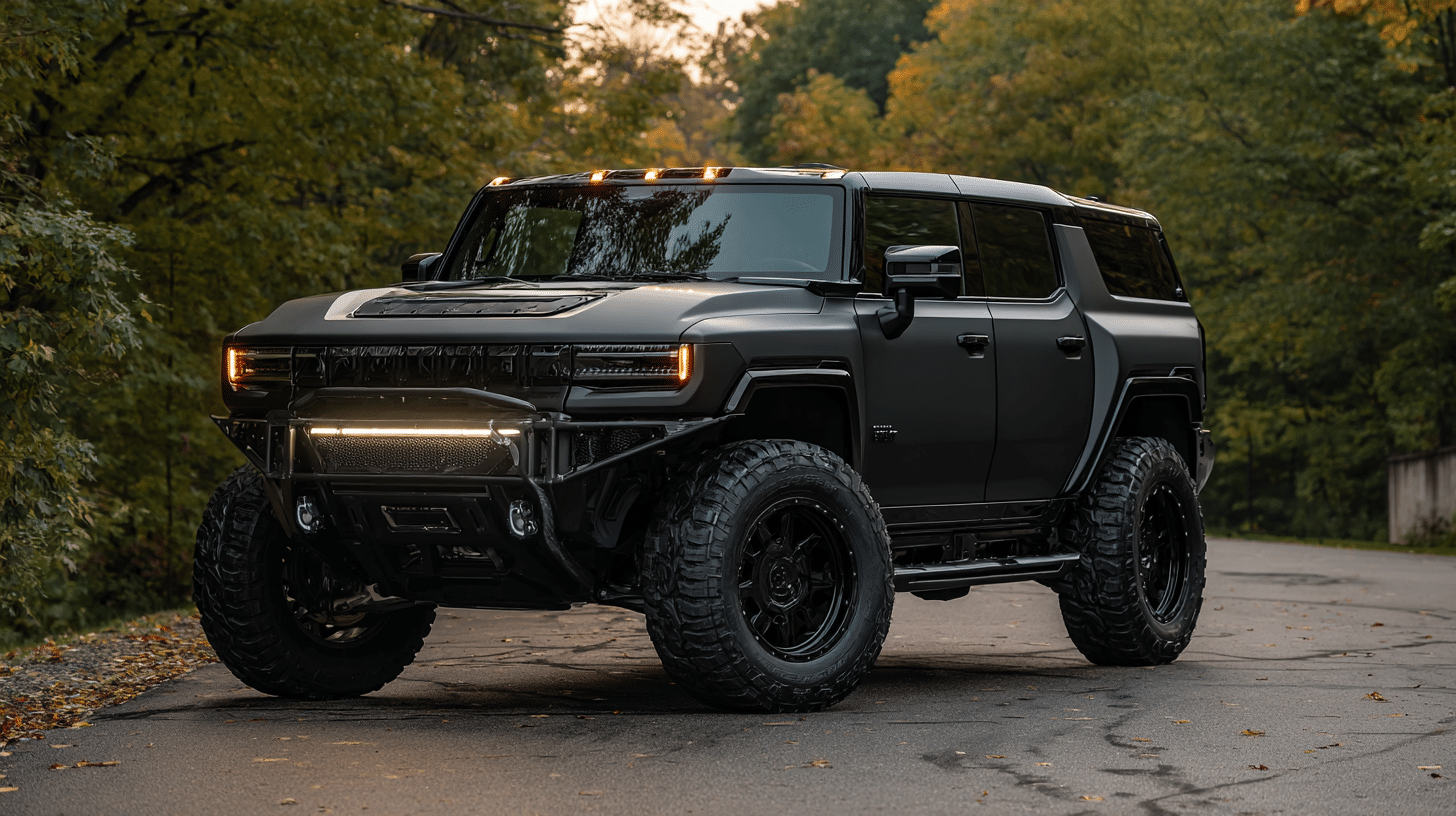When I first heard the name “Dodge Hornet,” I thought it was something brand new. But after doing a little digging, I found out that this name actually has a long and interesting history.
The Dodge Hornet we see today is a modern SUV, but the name “Hornet” goes way back to the early days of American cars. It started with Hudson, moved to AMC, and finally found its way to Dodge.
I didn’t expect to enjoy learning about car history so much, but the Hornet’s story really caught my attention.
In this blog, I’ll walk you through how the Hornet name has changed over the years, from its roots in classic American muscle to the sleek version you might see on the road today. It’s a fun mix of old-school cool and new-age style.
The Origins of the Hornet Name
The name “Hornet” has been around for a long time in the car world. It first showed up in the early 1950s with a car called the Hudson Hornet.
Back then, the Hornet was known for its power and speed. It even became famous in racing, especially in NASCAR, where it won many races. People loved the way it looked and how it performed on the track.
Later, in the mid-1950s, Hudson joined with another company called Nash to form AMC, or American Motors Corporation.
A few years after that, AMC decided to bring the Hornet name back. In 1970, they released the AMC Hornet, which was a small and affordable car for everyday driving.
So, even though Dodge uses the Hornet name today, it actually started with Hudson and later became part of AMC history.
AMC Hornet: Features, Designs, and Variants

The AMC Hornet hit the roads in 1970 and quickly became a favorite for people who wanted a reliable, everyday car that didn’t cost a lot.
Body Styles for Different Needs
The AMC Hornet came in several body styles. There was a two-door sedan for drivers who liked a simple and sporty look.
If you needed more room, there was also a four-door sedan. Families often went for the station wagon, which AMC called the Sportabout.
Later on, they added a hatchback option too. This variety helped the Hornet appeal to a wide range of drivers, young people, families, and even those who just wanted a reliable work car.
What Was Under the Hood
When it came to performance, the Hornet gave people plenty of choices.
It came with different engine options, starting with a basic inline 6-cylinder for better gas mileage. But if you wanted more power, you could go for a V8 engine instead.
One of the coolest versions was the Hornet SC/360. It had a 360-cubic-inch V8 engine and looked like a muscle car, even though it was still a compact car.
It didn’t sell in huge numbers, but it became a favorite among collectors.
Special Editions That Stood Out
AMC also liked to try new ideas, so they released some special Hornet editions.
One popular version was the Levi’s trim package. Yes, it was designed to look like blue jeans, complete with real denim-style fabric on the seats and orange stitching!
Another fun and fancy version was the Gucci edition of the Sportabout. This luxury model had unique colors, custom trim, and even the famous Gucci logo inside.
Easy to Use and Easy to Like
Even with all these different versions, the AMC Hornet stayed easy to drive and affordable.
People liked that they could choose what features they wanted, whether it was a more powerful engine or a more stylish look.
The car was roomy enough for most needs, simple to fix, and had a clean, boxy design that fit in with the times.
The AMC Hornet wasn’t just one car; it was a whole line of smart, flexible choices. That’s a big reason why it stayed popular through the 1970s and still has fans today.
Transition from AMC Hornet to Dodge Hornet
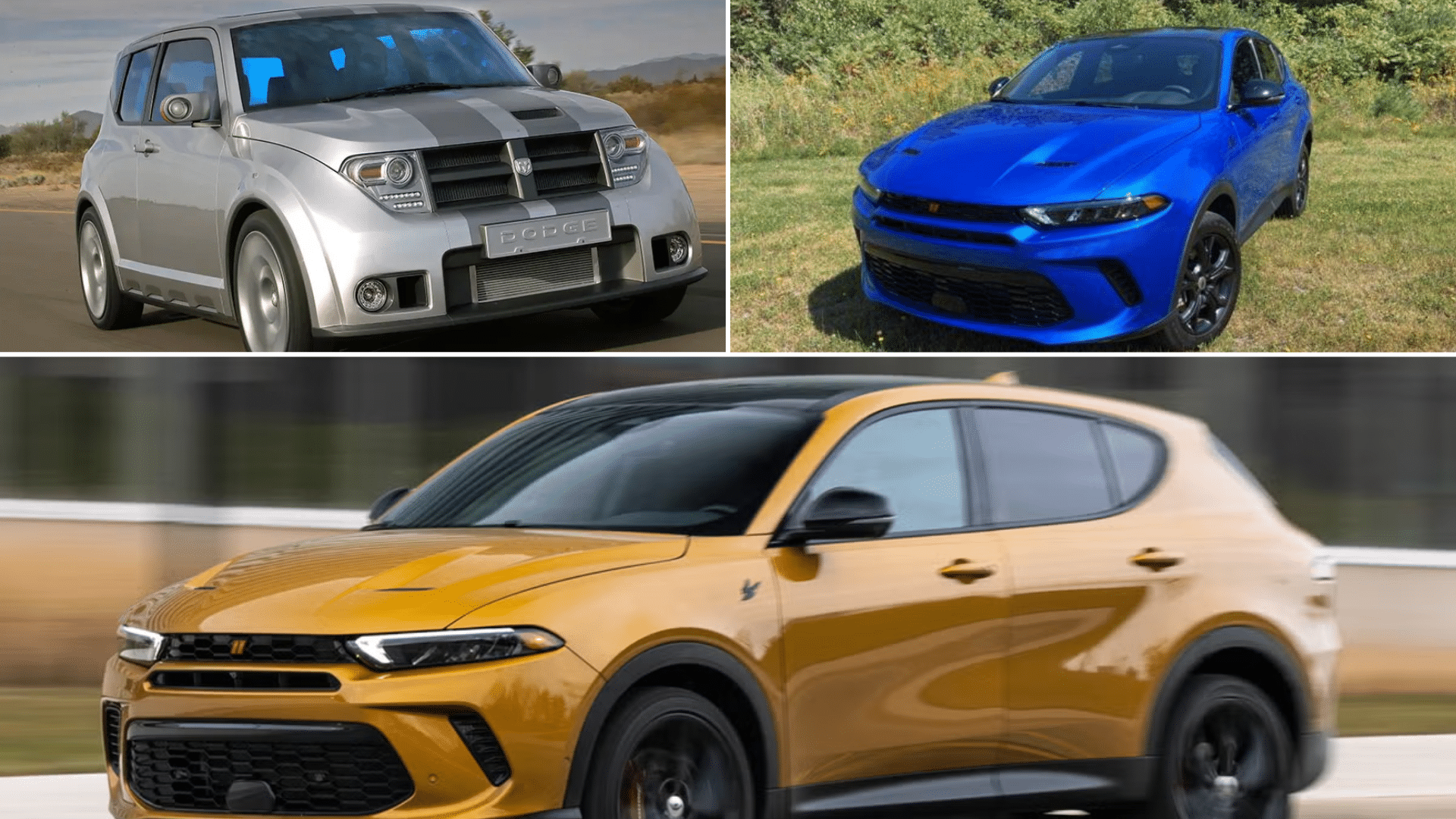
When you look at today’s Dodge Hornet, it’s easy to think it’s just a new SUV with a cool name. But the truth is, the “Hornet” badge has been around for decades.
After the AMC Hornet faded out in the late 1970s, the name remained dormant for years until Dodge revived it in a completely new form.
- In 1987, Chrysler bought American Motors Corporation (AMC). While the big reason for the purchase was the Jeep brand, Chrysler also picked up everything else AMC owned, including the rights to the Hornet name.
Even though Chrysler didn’t do anything with the Hornet right away, it now had full control over the name’s future.
- The first time Dodge showed interest in the Hornet name again was in 2006. They revealed a concept car at the Geneva Motor Show called the Dodge Hornet.
It resembled a small, boxy hatchback and was designed for younger drivers seeking something fun and affordable. The design was bold, and people were curious. However, despite gaining attention, the car never reached dealerships.
- Years later, Dodge gave the Hornet a second chance, this time for real. In 2022, Dodge announced that the Hornet name would return for the 2023 model year as a compact SUV.
But this Hornet was very different from the old one. It was based on the same platform as the Alfa Romeo Tonale, so it had a sporty European feel with modern features.
There are two main versions:
- GT: A gas-powered model with a turbocharged engine and all-wheel drive.
- R/T: A plug-in hybrid that lets you drive on electric power for short trips and gas for longer ones.
Both models are packed with tech, like a digital dashboard, touchscreen display, and advanced safety features. It’s a big jump from the simple, no-frills AMC Hornet of the past.
The journey from the AMC Hornet to the Dodge Hornet shows how a classic name can come back with a brand-new look.
While the two cars don’t share much when it comes to design or purpose, they’re linked by a name that has stood the test of time.
I think it’s fun to see how carmakers bring old ideas into the future, and the Hornet is a great example of that.
Key Differences Between AMC Hornet and Dodge Hornet
These two vehicles come from completely different times, styles, and purposes. One was a no-nonsense compact car from the 1970s, while the other is a modern SUV packed with tech.
| Feature | AMC Hornet (1970–1977) | Dodge Hornet (2023–Present) |
|---|---|---|
| Vehicle Type | Compact sedan/wagon/hatchback | Compact crossover SUV |
| Body Styles | 2-door, 4-door, wagon, hatchback | 4-door SUV |
| Drive Type | Rear-wheel drive | All-wheel drive |
| Engine Options | Inline-6, V8 | Turbocharged 4-cylinder, Plug-in Hybrid |
| Technology | Basic radio, manual controls | Touchscreen, digital dash, driver assists |
| Fuel Type | Gasoline only | Gasoline (GT) / Gas + Electric (R/T) |
| Special Editions | SC/360, Levi’s trim, Gucci Sportabout | GT, R/T Plug-in Hybrid |
| Performance Focus | Affordable performance, muscle car edge | Sporty handling, hybrid efficiency |
| Interior Style | Simple, cloth, or denim-like seats | Modern, high-tech leather options |
| Production Location | USA | Italy (shared with Alfa Romeo Tonale) |
Even though the AMC Hornet and Dodge Hornet are built for different drivers and different times, both serve as a reflection of their era.
The AMC Hornet was practical and straightforward, while the Dodge Hornet is bold, high-tech, and performance-focused.
I think it’s fun to compare how the same name can tell two very different car stories, and how each one left its own mark on the road.
Conclusion
The Hornet name has come a long way, from a simple, boxy car in the 1970s to a sleek, tech-packed SUV today.
The AMC Hornet was all about practicality, variety, and giving drivers good value without extra flash.
Now, the Dodge Hornet takes that name and adds power, style, and smart features for modern life.
Even though they’re different in almost every way, it’s interesting to see how one name connects two very different cars. I appreciate how Dodge revived a classic name in a fresh, new way.
No matter if you prefer the old-school charm of the AMC Hornet or the bold design of the Dodge Hornet, both represent important chapters in car history.
The Hornet may have changed over time, but it still keeps people talking. That’s the kind of legacy not every car gets to have.


